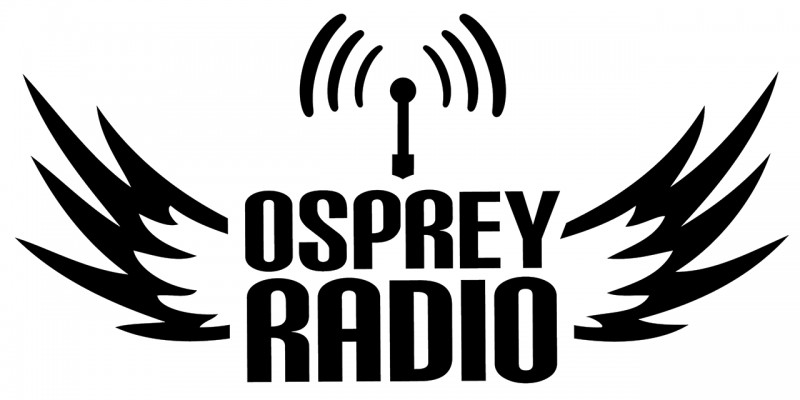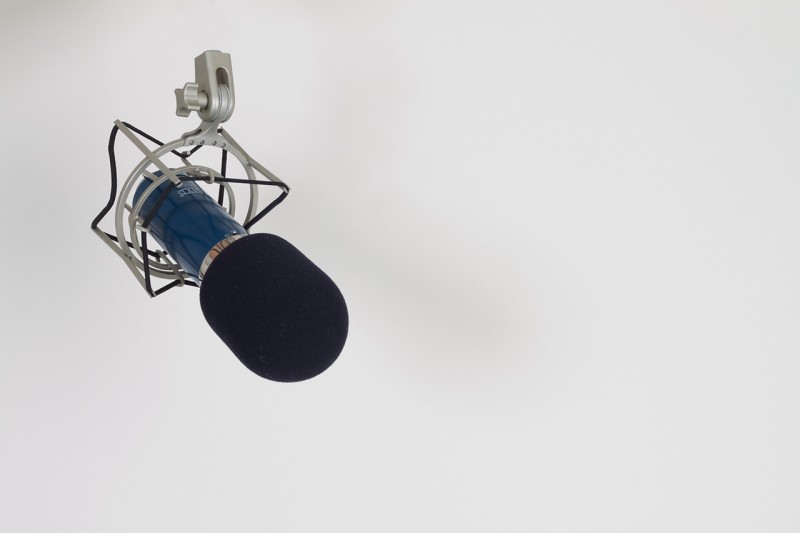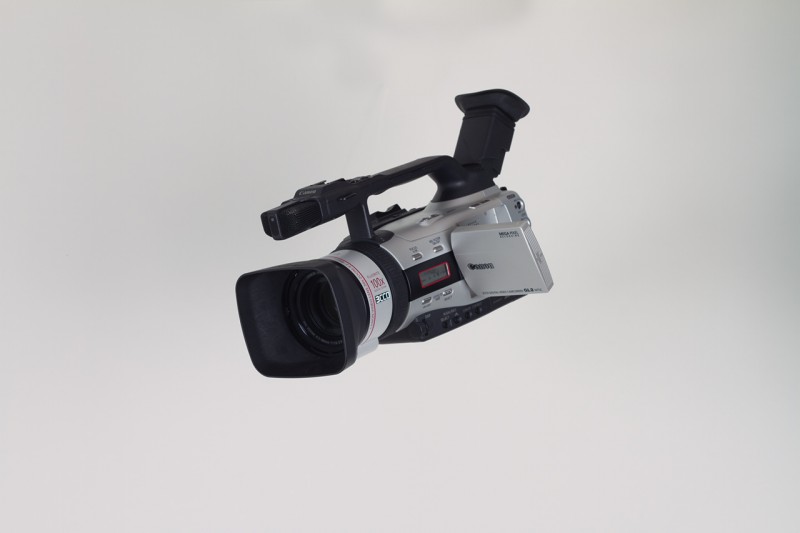If a TV news anchor at Spinnaker Television needs to tell a DJ at Spinnaker Radio a secret, the walk is 11 yards. Twenty years ago, that distance was across campus when Radio was in building 2, Founder’s Hall, and the TV station was in the Andrew J. Robinson Jr. Center.
Today, UNF’s student media organizations have grown closer together in both distance and name as they share a vibrant culture as components of the new Spinnaker brand.

It all starts somewhere
University of North Florida’s student broadcasting history began in 1993 when Todd Hardie, a communication major, approached Joe Lesem, a communication’s professor, about supervising a student media club. Hardie needed help getting the organization off the ground. That club became the UNF Broadcasting Association. According to Lesem, the first programs included a sports talk show hosted by Hardie called The Bullpen. The early station also featured music programs, talk shows and even programs hosted by faculty.
Spinnaker Radio gained its biggest local audience in the 90s, when the radio was known as WOSP Osprey Radio. According to historical documents, it was broadcast on the Continental Cablevision programming channel. That changed when Media One bought that company, which cancelled the deal UNF had with Continental and shrinking the audience down to the UNF housing close-circuit feed. Osprey Radio would have remained closed off to just UNF housing for good, but in January 2001 cooperation with Computing Services led to Osprey Radio’s step into online broadcasting.
Finding their places
The radio station was located in Founder’s Hall until 2008, when the Student Union was completed and a space was designed with a radio station in mind. The previous station was a small, 500-square-foot space cramped with equipment which limited the station’s functionality. There was no DJ booth, just a corner with audio equipment. There was an outdoor balcony that could be used for interviews–providing the weather behaved.
According to historical documents, a consultant had visited in 2004 to determine what was needed to improve conditions of the station. There was a push for the station to be moved to a space in the Robinson Center. It never happened.

Spinnaker TV took more time to evolve to its current form. According to Tom Van Schoor, Dean of Students and former primary advisor to CSM, Osprey TV was once nothing more than “a Powerpoint slideshow” with campus updates and events rotating on the student housing channel. That was until communication major Rebekah Addy took the reigns of the organization around 2005, and laid the foundation for what it is today.
According to Van Schoor, by the end of Addy’s tenure, Osprey TV had about five original programs running on air. In addition, she encouraged the university to invest in its fiber optic cable network. This expanded access to Osprey TV beyond to the rest of the campus.
Osprey TV has had an interesting gamut of programming that ranged from news programs, restaurant and club reviews and cooking shows like The Skillet. One of the shows Van Schoor reluctantly remembers was a program about the kinds of food one could find by dumpster-diving, a tradition most students see alive and well in one form or another near the dumpsters of dormitories at the end of each semester.
Calling each other names
The original call sign for the radio station was WUBS, which stood for UNF Broadcasting Systems. This was later replaced with WOSP and in 2010 the call letters were dropped, opting for just Osprey Radio. The call signs were never really needed as Spinnaker radio has yet to acquire an FM license. Osprey TV had been known by that name since its inception, but both stations dropped “Osprey” for “Spinnaker” this past July.
Connor Spielmaker, UNF communication sophomore and Spinnaker TV station manager, says the name change will unite UNF student media as a brand. “The reason I think it is going to be successful is because it makes anytime someone says Spinnaker they are talking about me, they are talking about radio, they’re talking about all of us, instead of just saying Spinnaker just being business digital and print,” he said. “It helps us get more recognition on campus… we are the UNF media and it’s all under one name.”
Moving Forward

These changes are implemented in hopes of radio’s expansion when the University is able purchase a low power FM license. According to Van Schoor, the University seeks this license every three or four years. Low power FM radio broadcasts at a maximum of 100 watts, which would allow Spinnaker radio to broadcast within a radius of about 3.5 miles. The application window opens up again this year and radio is hoping to earn a slot.
Spielmaker would like to see Spinnaker TV, as well as the rest of Spinnaker media, grow as a whole–perhaps even turning UNF into a destination school for student media. “I really believe in what we do and as long as we continue with that we can have people who want to come to UNF for this and to be a part of it,” he said.

The radio station is in the running for a College Music Journal award for best online-only radio station, a fitting nomination as they have been using the medium for over a decade.
Spinnaker radio can now be accessed online at https://unfspinnaker.com/radio/, on campus housing channel 171, and on the outdoor speakers at Osprey Plaza.
Spinnaker TV can be viewed on any on-campus television and student housing on channel 170. News content is also available on Spinnaker Television’s YouTube channel at http://www.youtube.com/user/OspreyTV.







